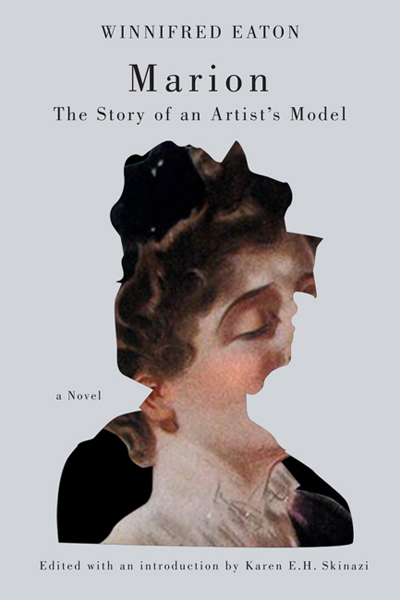Real Indians and Others: Mixed-Blood Urban Native Peoples and Indigenous Nationhood [Review by Steve George]Posted in Anthropology, Articles, Book/Video Reviews, Canada, Media Archive, Native Americans/First Nation on 2012-04-20 20:33Z by Steven |
Ethnicities
Volume 27, Number 2 (2005)
Pages 272–274
Steve George
Memorial University, St. John’s, Newfoundland
Real Indians and Others: Mixed-Blood Urban Native Peoples and Indigenous Nationhood. By Bonita Lawrence. (Vancouver: University of British Columbia Press, 2004. Pp. 303, bibliography, index, ISBN 0-7748-1103 -X)
The title of Lawrence’s book is as direct as it is provocative. The book’s title states the book’s purpose to examine the central and perhaps most volatile question in Aboriginal communities today: “Who is an Indian?” In 2003, Lawrence edited Strong Women Stories: Native Vision and Community Survival (Sumach Press) with Kim Anderson and in many respects this new work is a continuation of the voices heard in that book. Lawrence is a Mi’kmaq scholar whose research at Queen’s University, and more recently at York University, has concerned how “Indian/nativeness” is defined in Euro-Canadian and Native contexts, from within historical and legal paradigms as well as within native communities across Canada.
Bonita Lawrence’s work is a continuation of powerful works like Howard Adams’ Prison of Grass (1975) and Maria Campbell’s Half-Breed (1973) and more recent works by Joseph Bruchac, Bowman’s Store (Lee & Low Books, 2001) and Warren Carriou’s, Lake of the Prairies (Anchor, 2003). It has the depth of these works because we read mixed-blood peoples’ voices directly from the page. The importance of these voices lies in how each of these persons tells their stories, relates their experiences, and shares their family and community histories. Lawrence’s style of writing is easy to read while her research approach is organic in its having informants speak for themselves.
As a mixed-blood Mi’kmaw, I read this book from both a very personal level of experience as well as from an academic one, as a Masters graduate student in Folklore. In Canada the subject of mixed-blood Native people remains a controversial one from within native communities and from without, in the large urban centres across the country. Lawrence has interviewed several mixed-blood informants to tell stories that show the different kinds of experiences mixed-bloods have had in the city of Toronto and across North America. Some of these narratives involve pain, abuse, neglect, and lack of self worth, while others involve stories of empowerment, community involvement, and survival. Each one of the informants speaks from life experiences that involve a mix of acceptance and non-acceptance of their “Indian/nativeness,” both from within themselves, from their families as well as from different native communities. The responses interviewees give Lawrence are direct and bear fruit to the underreported and underwritten subject of mixed-blood Native peoples…
Read the entire review here.

